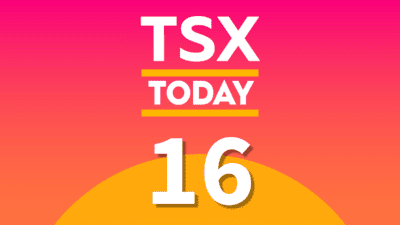The Canada Revenue Agency’s (CRA) Canada Emergency Response Benefit (CERB) program has helped millions of Canadians avoid hardship this year. Deployed as an emergency measure, the program paid out a hefty sum ($2,000) every month during the initial outbreak of this crisis. Now the crisis is being resolved and the CRA is gearing up to collect CERB overpayments and misallocations.
If you received CERB this year, alongside 8.2 million other Canadians, here’s what you need to know.
CRA CERB repayments
To be clear, most recipients of CERB do not have to pay it back. For the average Canadian, this payment simply needs to be declared on their 2020 tax return filed next year. CERB payments count as regular income.
However, things get more complicated if you applied for CERB while being self-employed or not having filed your 2019 tax return. Self-employed Canadians have to have received more than $5,000 in net pre-tax income in 2019 or in the previous 12 months to be eligible for CERB. However, the word “net” wasn’t mentioned in the initial rollout of the program and has caused some confusion.
Meanwhile, Canadians who have not filed their 2019 tax return may or may not be eligible for the CERB program. The CRA simply doesn’t have any means to establish eligibility without this information.
To address these issues, the CRA has sent out 441,000 “educational” letters this week to CERB recipients. The letter should explain how self-employed income is calculated. It also encourages individuals to quickly file their 2019 tax returns if not done so. Hopefully, this educational outreach also helps explain how much CERB may need to be repaid and by when.
In fact, roughly one million Canadians have already repaid their CERB payments.
Next steps
If you’ve received benefits this year, it may be a good idea to reach out to your accountant. If you need to repay the CRA or file some paperwork, it’s better to get it done right away. You could also set some cash aside to cover emergencies or tax payments for next year.
Investing a few thousand dollars in a stable dividend stock could leave you better prepared for any tax liability in 2021. NorthWest Health Properties (TSX:NWH.U) is a top pick.
The company owns and operates healthcare properties across the country. These clinics and hospitals are essential, especially in a pandemic. Meanwhile, the average lease term for NorthWest’s portfolio is 14 years, which makes it one of the most robust dividend stocks on the market.
The stock currently offers a 6.3% dividend yield. Investing $4,000 or $6,000 into this stock could deliver a boost of up to $380. If you invest through your tax-free savings account (TFSA), this bump could be shielded from the CRA.
Bottom line
If you received CERB payments this year, you may owe taxes on it. You may even have to pay a significant sum back to the CRA, depending on your situation. It may be a good idea to invest some cash in a robust dividend stock that helps you cover this potential liability in 2021.








